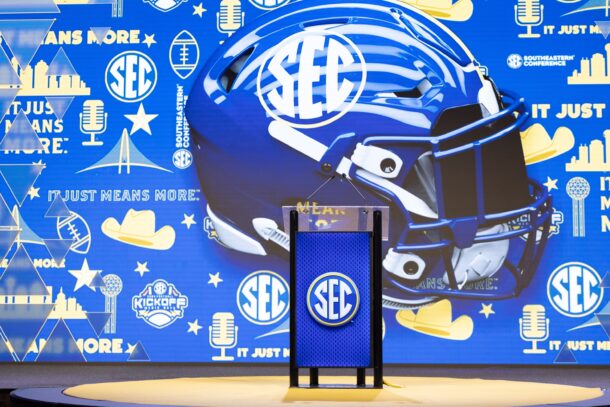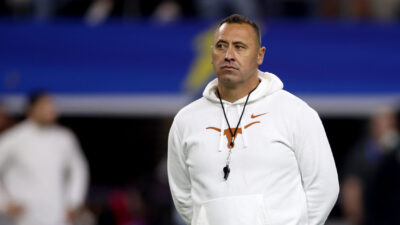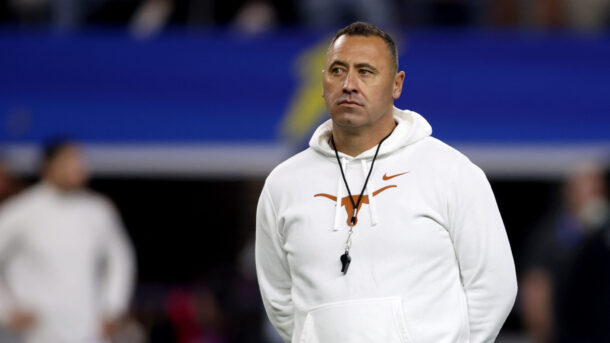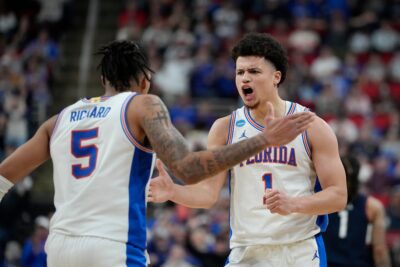Ad Disclosure

With the exception of Arkansas, as of Thursday, every SEC West team will have launched into spring practices.
There’s plenty of time to figure out position battles, work in new coaches, identify solutions to last year’s weaknesses and evaluate new players.
The summer and fall give each program ample opportunity to prepare for the season. But there are priorities that each team will seek to accomplish by the end of this spring. Here’s what we think is priority No. 1 for each SEC West team this spring:
ALABAMA CRIMSON TIDE
Learn as much as possible about the quarterback options: Alabama is not going to name a starting quarterback this spring. The Tide may not even name a starter before the season opener, even if coach Nick Saban knows who it’s going to be. But as we saw last season, it’s probably beneficial if the team is able to determine “the guy” sooner rather than later.
In 2015, Jake Coker and Cooper Bateman entered the season more or less even. Bateman even started against Ole Miss as Bama fell into a 30-10 deficit. Coker played well in relief, nearly engineering a comeback and more permanently earning the starting job in the process.
Alabama’s offense didn’t congeal until at least halfway through the season, when coordinator Lane Kiffin and company figured out the best blend (feed Derrick Henry, get the ball out quick to Calvin Ridley and ArDarius Stewart on the edges and take occasional deep shots to utilize Coker’s big arm).
It worked out. The Tide won a national title. But with games against USC (Sept. 3) and at Ole Miss (Sept. 17) early in the 2016 schedule, it would be a help if Alabama can settle on a starter — at least privately — and construct the offense around his skill set in time to be running smoothly for those tough games.
ARKANSAS RAZORBACKS
Get back to basics in the secondary: The way Arkansas was playing defense at the end of the 2014 season, if you’d have told me the Razorbacks would develop a certifiable downfield passing game in ’15, I would’ve predicted a team ranked in the 15-20 range.
Instead, the defense fell apart. Not because the team lost some NFL draft picks in the front seven, but because the secondary metaphorically ran off a cliff. The team dropped from 51st to 104th nationally in quarterback rating allowed, and opponents completed 53 passes of at least 20 yards.
Henre’ Toliver, Jared Collins and DJ Dean aren’t going to compete for the title of “DBU.” But that should be a capable, solid cornerback trio in 2016. Coordinator Robb Smith needs to spend some time this spring making sure the team’s defensive backs return to baseline fundamentals and don’t try to do too much.
AUBURN TIGERS
Figure out the offensive line: The quarterback competition is important but likely won’t be settled until the fall.
Avery Young and Shon Coleman, last year’s starting offensive tackles, left early for the NFL. Austin Golson may or may not move from center to guard. It’s pretty unclear what the starting five will be, and which players will serve as primary backups.
Herb Hand, a co-coordinator with Gus Malzahn at Tulsa, now is Auburn’s offensive line coach. He’ll have a big task this spring. Offensive lines generally are much better with continuity, so the sooner that the Tigers figure it out the better. Exiting spring with a clear idea here will give the line an opportunity to solidify in fall practice.
It’s also the lever — along with an athletic quarterback — that allowed the team to run the ball so effectively under Malzahn previously. It’s important that the ’16 Tigers get it right at offensive line.
LSU TIGERS
Match personnel and scheme on defense: Talking about this LSU team in a broader sense always leads to a discussion about the team needing to learn to complete an 8-yard curl to a wide open receiver more often than not.
But the most pressing work this spring could happen on the other side of the ball.
Dave Aranda represents the team’s third defensive coordinator in three years. Whereas the team preferred lithe, athletic defensive tackles during the long, successful John Chavis tenure, Aranda has done well in the past with big-bodied 3-4 fronts.
LSU is thin at linebacker, with a strong top end and not much depth. If the team does transition to 3-4, it will need to find some solutions at nose tackle and rotational linebackers. Or perhaps the team will have to be more multiple this year than it will be in the future.
Whatever the ultimate solution becomes, now’s the time to search for it.
MISSISSIPPI STATE BULLDOGS
Revive the running game: Most of the thoughtless headlines center around replacing Dak Prescott. Certainly that’s a huge priority, but it’s one that Mississippi State has planned to face for quite some time.
The running game, outside of Prescott, vanished in 2015. That was more unexpected.
Blame goes to more than one area. But the Bulldogs offensive line lost the nastiness that players like Dillon Day brought to the field in 2014. Mississippi State has churned out productive running backs like butter, and in some ways that’s more of a hallmark for Dan Mullen than even the quarterback position, where he’s had good success.
Whether it’s settling on a go-to back (Brandon Holloway?), imploring the line to improve or figuring out how the new quarterback can help, the team needs to address the running game this spring.
OLE MISS REBELS
Find new vocal leaders: Laquon Treadwell. Laremy Tunsil. Robert Nkemdiche. All three touted members of the 2013 class entered the NFL draft early.
Ole Miss has recruited well enough that the Rebels aren’t going to suffer much of a ripple in terms of overall roster talent. But those three players were part of the bedrock as coach Hugh Freeze transformed this program. More than their production, this team could miss their leadership.
“It’s real different,” tight end Evan Engram said, according to the Clarion-Ledger. “Those guys, great leaders. They’re really vocal, and they’re such a presence on the field you can definitely notice when they’re not there. It’s a little weird without them out there, but we’re still working just like they are.”
Another player suggested that practice was “quiet, not as excited.” Chad Kelly surely will be one of the vocal leaders, but the Rebels need to find others if they’re to make a title run.
TEXAS A&M AGGIES
Reinforce cohesiveness: Some suggest Kyle Allen and Kyler Murray were the problem. Some suggest they were symptoms.
In any event, the quarterback position and the offensive coaching staff have been overhauled from last year. I presume Aggies fans would argue that Texas A&M already has put out the dumpster fire by securing Oklahoma quarterback transfer Trevor Knight, hiring Noel Mazzone as offensive coordinator and jettisoning Dave Christensen.
Still, coach Kevin Sumlin needs to ensure that all the new parts get along and are working toward a common (team) goal. It seems that the program hasn’t done the best of jobs at managing egos in recent years. And any time there are so many new entities it’s a good idea to use spring practice to construct some cohesiveness.
An itinerant journalist, Christopher has moved between states 11 times in seven years. Formally an injury-prone Division I 800-meter specialist, he now wanders the Rockies in search of high peaks.




